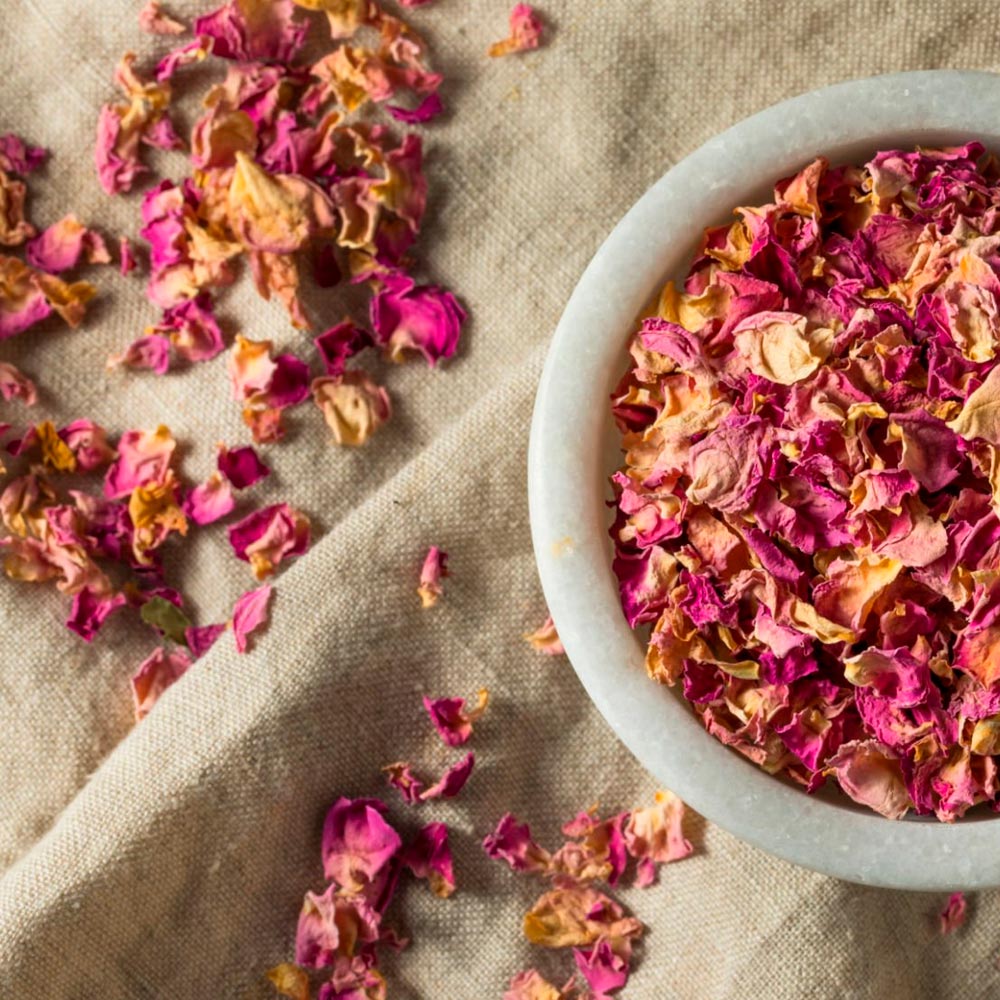Rose & Rosewater: The Floral Essence of Persian Cuisine
A Fragrant Symbol of Persian Culture
Roses have been an integral part of Persian culture, cuisine, and medicine for centuries. Known for their delicate aroma and subtle floral notes, roses are used in both fresh and distilled forms, with rosewater (golab) being one of the most prized ingredients in Persian cooking. Beyond its culinary uses, rosewater is deeply woven into Persian poetry, beauty rituals, and traditional medicine, symbolizing purity, love, and tranquility.

The Role of Rosewater in Persian Cuisine
Rosewater is used to enhance both sweet and savory dishes, adding a soft floral complexity that elevates flavors. It is a key ingredient in:
- Shirini (Persian Sweets) – Found in treats like Gaz, Baklava, and Saffron Rice Pudding (Shole Zard).
- Persian Drinks – Used in Sharbat (traditional Persian coolers) and infused teas.
- Rice Dishes – Adds a subtle floral touch to Persian saffron rice (Chelo or Polo).
- Stews and Sauces – Occasionally used in Fesenjan and other slow-cooked dishes to create a balanced aroma.

Beyond the Kitchen: Rosewater’s Traditional Uses
Apart from its culinary significance, rosewater is celebrated for its soothing and healing properties. In Persian traditions, it has been used for:
- Skincare and Perfume – Applied to refresh and hydrate the skin.
- Relaxation and Well-being – Used in aromatherapy and Persian tea rituals.
- Spiritual and Religious Ceremonies – Sprinkled in sacred spaces and during Nowruz (Persian New Year) celebrations.
Why You Should Try Rosewater
Rosewater is a versatile, elegant ingredient that adds depth and sophistication to Persian cuisine. Whether you use it in desserts, drinks, or skincare, it brings a timeless Persian tradition into modern life.

